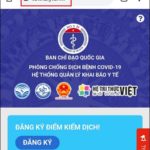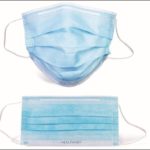The rapid evolution of the pandemic has caused widespread confusion and anxiety. One of the quickest ways to test for COVID-19 is through at-home rapid tests. However, the appearance of faint or bold lines on these tests can be confusing, leaving people unsure of their COVID status. Read on to clarify your doubts.
1 Do Faint or Bold Lines on COVID Tests Indicate a Positive or Negative Result?
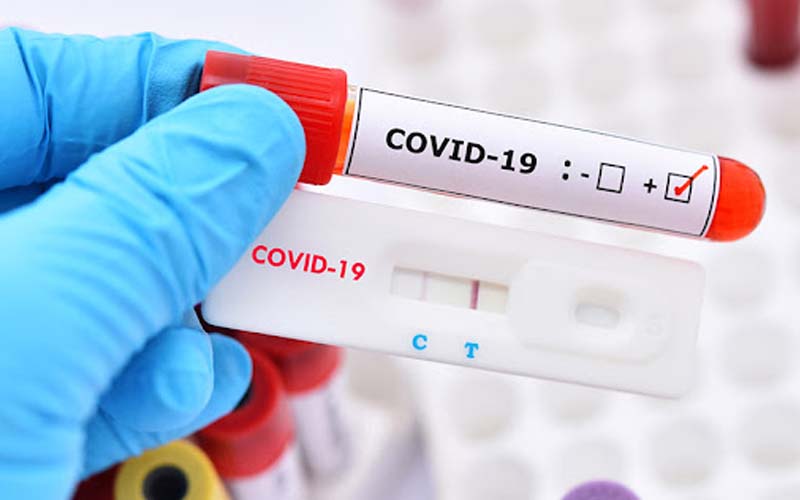 COVID-19 Rapid Test Kit Showing Faint and Bold Lines
COVID-19 Rapid Test Kit Showing Faint and Bold Lines
The determination of a negative or positive COVID-19 result depends on the number of lines that appear on the test tray, either one line at “C” or two lines at both “C” and “T”. The results are displayed in the “C” and “T” areas, with the following three possible outcomes:
-
One line at “C”: This indicates a negative result at the time of testing. A faint “C” line suggests an insufficient sample, while a bold “C” line indicates an adequate sample amount. Insufficient sampling can also affect the result at “T.”
-
Two lines at both “C” and “T”: This indicates a positive result for COVID-19 at the time of testing. A bolder red line at “T” indicates a higher viral load in the body, while a faint line suggests a lower viral load.
-
One line at “T” or no lines at all: This indicates an invalid result, and retesting is necessary.
The appearance of faint or bold lines on the test tray does not conclusively determine your health status as various factors can influence the rapid test results. For the most accurate assessment, it is recommended to contact healthcare authorities and undergo a PCR test to confirm your COVID-19 status.
According to Associate Professor Dr. Do Van Dung, Head of the Department of Public Health at Ho Chi Minh City Medicine and Pharmacy University: In reality, using test kits does not determine the prognosis of the disease in terms of severity. When an individual is suspected of being exposed to COVID-19, it is advisable to test once after 3-5 days to avoid wastefulness. Overusing test kits or testing continuously every day is unnecessary and costly.
2 Why Do Faint and Bold Lines Appear on COVID Tests?
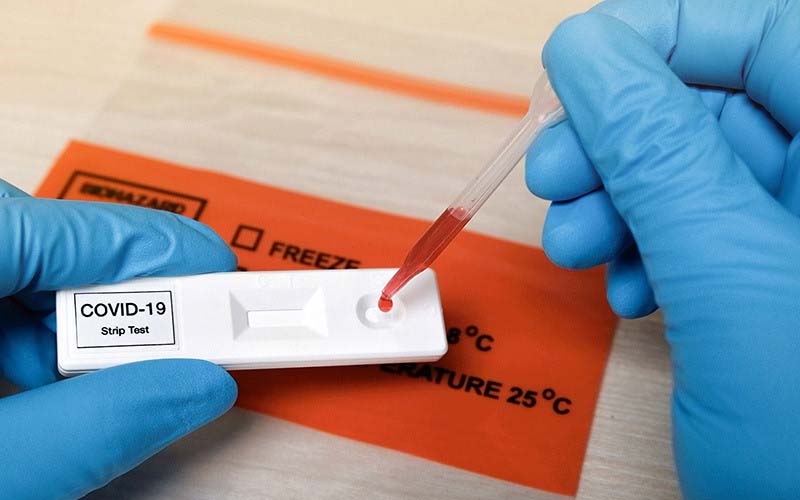 Understanding COVID-19 Test Results
Understanding COVID-19 Test Results
While self-administered rapid tests are encouraged, and most tests on the market provide reliable results, several factors can influence the outcome, as explained by Associate Professor Dr. Tran Dinh Binh, an expert in infection control and medical microbiology at the University of Medicine and Pharmacy. These factors include:
-
Sample collection technique: Insufficient sample quantity, incorrect sampling site, inadequate depth of swabbing, or using the same nostril for consecutive swabs can lead to the test failing to detect the sample and display a result.
-
Timing of sample collection: In the early stages of infection, the likelihood of a negative result is higher. As symptoms develop, the chances of a positive result increase. After day 7 of infection, the probability of a negative result also rises, leading to the appearance of faint or bold lines on the test.
-
Viral load in the sample: A higher viral load in the sample increases the likelihood of a positive result, with a bolder line. Conversely, a lower viral load may yield a negative result with a faint line.
References:
3 Important Considerations for At-Home COVID Rapid Tests
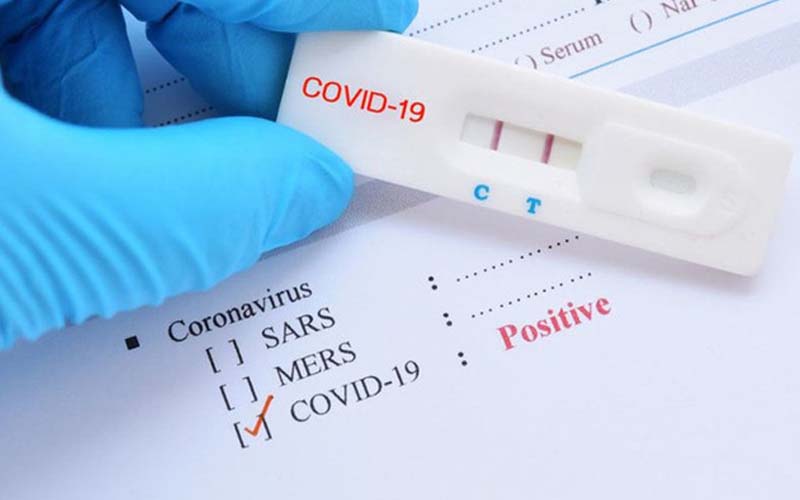 Considerations for At-Home COVID-19 Rapid Tests
Considerations for At-Home COVID-19 Rapid Tests
COVID-19 rapid tests provide quick results with an accuracy of over 90%. However, these tests can occasionally yield false-negative results. Therefore, when conducting an at-home COVID-19 rapid test, keep the following in mind:
-
Result validity: The test result is only valid for 72 hours from the time of sampling.
-
Ideal timing for sampling: For COVID-19 rapid tests, the most accurate time to test is approximately 5 days after the onset of suspected symptoms. Testing during the incubation period or recovery phase, when viral loads are typically lower, may result in faint or bold lines, causing uncertainty.
-
Stay calm if you test positive: In the event of a positive result (two lines), maintain composure and contact your nearest healthcare provider. Self-isolate to prevent spreading the infection to those around you.
-
Proper sample collection is crucial: Inadequate sampling may lead to a false-negative result, even if the individual is infected with COVID-19.
-
Timing for result interpretation: The time required to interpret the results varies depending on the specific rapid test kit. Typically, results should be read 15-30 minutes after adding the sample to the test tray’s “S” well. Do not interpret the results before or after the time frame specified in the kit’s instructions.
References:
4 Understanding the Significance of the “C” and “T” Lines
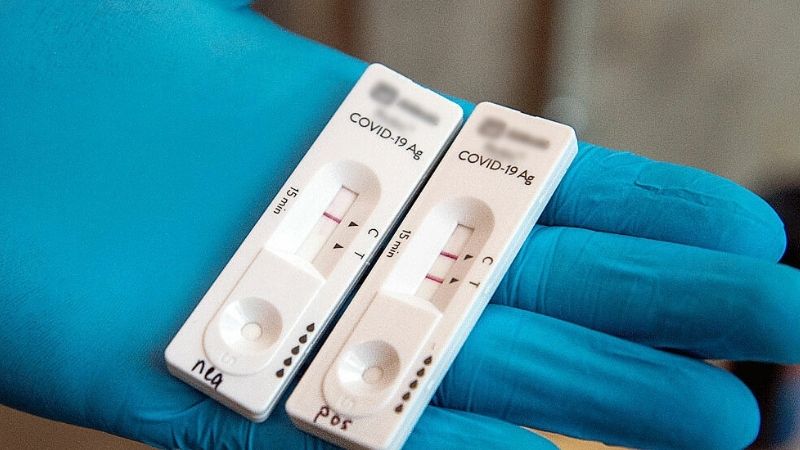 Interpreting the “C” and “T” Lines on a COVID-19 Test
Interpreting the “C” and “T” Lines on a COVID-19 Test
What is the “C” Line?
On the COVID-19 test tray, there is a rectangular frame for viewing the results. Next to this frame are the letters “C” and “T.” “C” stands for “Control line” or “C line”. If, after adding the sample to the designated well, a colored line appears at “C,” it indicates that the test kit is functioning correctly and the result is negative.
What is the “T” Line?
“T” stands for “Test line” or “T line,” and it indicates a positive result for the COVID-19 virus. If the test tray simultaneously displays two lines at “C” and “T,” the sample is positive for COVID-19.
Note: A positive result is only valid when both the “C” and “T” lines appear. If your result shows only the “T” line, the test kit may be defective, or there may be insufficient sample.
This article has hopefully addressed your concerns about the significance of faint and bold lines on COVID-19 rapid tests. Remember to stay calm, optimistic, and vigilant about your health.

























